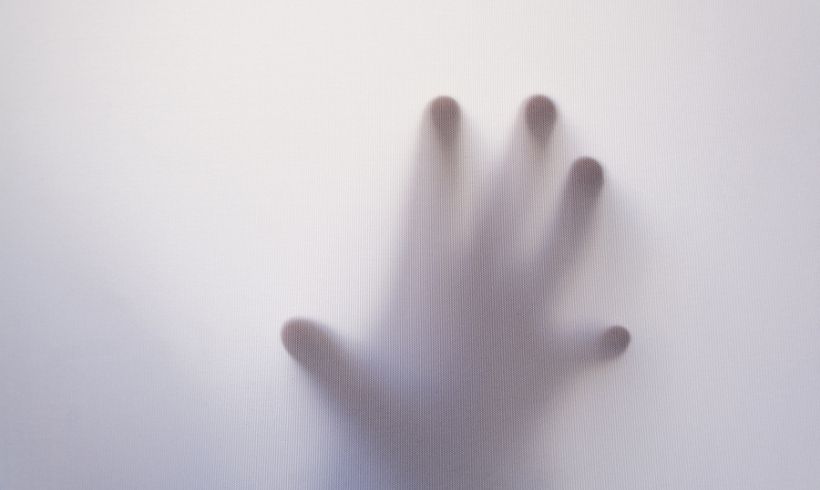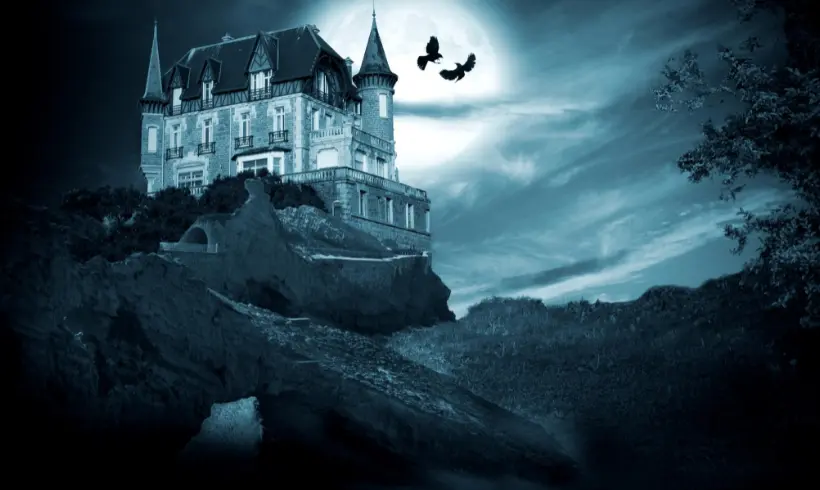The dictionary defines horror as a genre of fiction that has the purpose of making us feel fear, repulsion, and terror.
In short, an environment of horror is created for the consumer of the content. In fact, the word horror comes from the French word orror, which refers to bristling or shuddering at something.
People read horror stories or novels because they enjoy fear. So say, psychologists and experts.
According to H.P. Lovecraft, “the oldest and strongest emotion of mankind is fear, and the oldest and strongest kind of fear is the fear of the unknown.“
In this genre, atmosphere and emotions are as crucial to the narrative as characters and plot.
Below, we’ll take a look at the most important aspects of horror, including its origin, characteristics, and the subgenres that exist from its influence. In addition, you will find our top classic horror books.
At the end we invite you to visit:
| Free Books: 100+ Horror Books for Free! [PDF]
| Best Books: The Best 25 Horror Books [Paid]
| Horror Authors: 15 Authors of Horror Books You Must Read
The origin of the horror genre
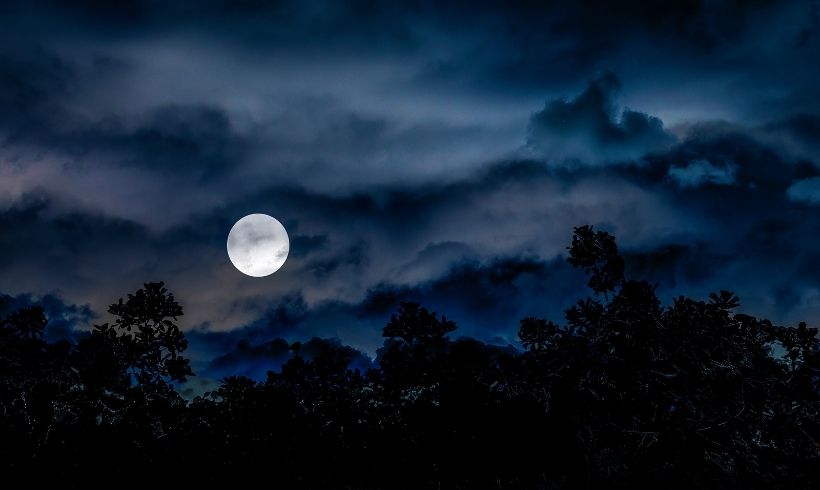
Horror in literature has existed since the ancient civilizations of Greece and Rome. Back then, authors explored themes such as death, demons, the afterlife, and spirits.
Euripides is the perfect example of this. In his play Hippolytus, the author addresses the lack of empathy and jealousy as attitudes that can kill us.
Inquisition and heresy
However, modern horror literature has its roots in the Inquisition. Once the Vatican decided to return to the orthodoxy of the faith in 1235, the obsession with heretics and accusations of witchcraft increased.
This would contribute significantly to the imagination of the authors of the time. In 1307, Dante published The Divine Comedy, a book that greatly influenced writers of later generations, at least until John Milton’s Paradise Lost was published (1667).
Books such as The Witches’ Hammer (1486) created a strong belief in witchcraft that would grip Europe for at least two hundred more years.
From 1580 on, dramaturgy was also imbued with a new kind of terror.
Plays such as Hamlet (1600), Macbeth (1605), and The Spanish Tragedy (1585) brought death to the English stage, and would also contribute to the artistic need for writers to produce horror-based fiction.
The gothic novel: The starting point
Horace Walpole would be the author who would inaugurate the sub-genre of the Gothic novel in 1765.
The work, published as The Castle of Otranto, was the first horror story written with coherence and a “legitimate” literary form, according to experts.
Later, Anne Radcliffe would publish The Mysteries of Udolpho, the second most influential novel in the horror genre.
The influence of this narrative can be seen in authors such as Sir Walter Scott and Lord Byron, among others. Charles Brockden Brown and Matthew Lewis also made great contributions to the development of the genre.
While there are many important representatives of horror literature, especially the Gothic novel, Edgar Allan Poe is undoubtedly the master of the subgenre.
The American author not only dedicated himself to writing in this new style but also made important contributions to the development of horror narratives in general.
Characteristics of the horror genre
To understand what the essence of this type of story is and why it differs from other types of fiction, it’s time to take a look at the characteristics of the genre.
This way, if you are also a developing writer, you can take note of some key points.
The narrative focused on negative reactions
In books of this genre, the author seeks to lead the reader to reactions of fear, uncertainty, anguish, deep tension, and anxiety.
The horror narrative prioritizes the description of desolate and mysterious environments, as well as the development of the characters’ psychology based on their fears and contradictions.
Different types of characters
In horror stories, you won’t only find monsters, witches, and zombies. Characters can be conventional, people like you and me who may or may not be the main characters of the plot.
On some occasions, authors resort to mysterious and sinister-minded characters, while other writers lean more towards fantastic creatures.
Elements of surprise and lots of suspense
We already know that horror literature is scary, but making fear truly surprising and overwhelming is a complex thing.
One of the most important characteristics of horror novels or stories is that readers feel invited to be part of the story based on their beliefs and thoughts. Therefore, the experience is more “immersive”.
Suspense is also crucial to this. Horror and psychological horror works, for example, show scenarios in which we always expect a specific event to occur, and something completely different and unexpected happens.
In fact, even if we know where a character is headed and what might happen to them, there is still waiting and anxiety.
Sub-genres of horror
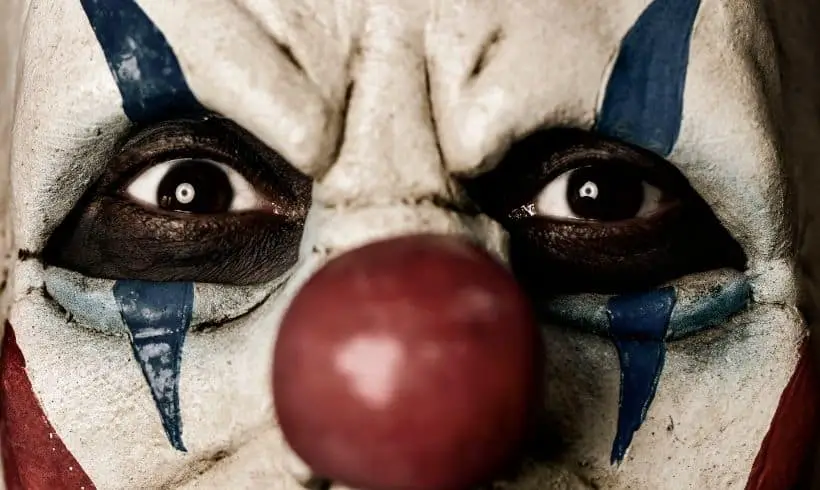
Due to the universal character of horror, different subgenres have developed that possess the characteristics mentioned above, but also include their own particularities.
Gothic horror
Its main representative is the gothic novel, and basically focuses on the experience of death, but fuses it with other elements or parts of the plot, such as romance or family love.
Some notable works are The Raven (Edgar Allan Poe), Frankenstein (Mary Shelley), and Bram Stoker’s Dracula.
Paranormal or supernatural horror
This subgenre is based on elements such as ghosts, demons, extraterrestrials, monsters, witchcraft, zombies, etc. In addition, it may touch on topics that have not been explained by science.
The main source of fear in these stories is the conflict between humans and the supernatural. For example, exorcisms, possessions, invasions, omens, curses, etc.
Occultism
This subgenre has to do with any practice or ritual that is not considered a science or religion.
Here you will find a lot of magic, astrology, extrasensory perceptions, divinations, spiritualism, and alchemy, among many other practices.
Survival horror
In this type of story, both the narrator and the reader lose control of the difficulties that arise in the plot.
The main characters are victims of persecution, so they try at all costs to survive.
This subgenre invites the protagonists to become heroes, not in the traditional way, but through overcoming their own fears.
Science fiction horror
Science fiction-based horror stories blend the best of two worlds.
The line between the two genders is much thinner than it seems, but both converge with ease due to the enigmas that science hides.
Frankenstein or the Modern Prometheus was the first successful reference of the subgenre.
Psychological horror
This terror is focused on the fear of its characters, their vulnerabilities, superstitions, and guilt, that is, on the dark side of their psyche.
The narrative in this subgenre focuses on creating subtle and suggestive effects rather than simply frightening. In this type of writing the author’s emotionality seeks to be affected by mystery and suspense.
The best classic horror books
Below, you will find five horror books that transcended time due to the strength of their stories and the way in which they manage to challenge the reader through their vulnerabilities.
Frankenstein or The Modern Prometheus by Mary Shelley (1823)
This story introduces Victor Frankenstein, an intelligent young man, and science fanatic who becomes obsessed with becoming the first scientist to bring a corpse to life. However, the experiment goes wrong and a monster is born by accident.
The Strange Case of Dr. Jekyll and Mr. Hyde by Robert Louis Stevenson (1886)
This mysterious tale tells the story of Dr. Jekyll, who develops a serum that separates his good side from his sinister alter ego.
It is just this dark side, turned into a monster, that takes control of his mind at night as an unpredictable and voracious killer.
The Rats in the Walls by H.P. Lovecraft (1924)
The book tells the story of Delaporte, a man who moves to a dilapidated property in Massachusetts after the death of his son in the war.
Like other stories by the author, the book depicts the struggle between man and nature and specifically addresses the issue of cannibalism.
Psycho by Robert Bloch (1959)
The story depicts Bates, a motel caretaker who is troubled by the death of his mother.
As a result of his loss, the man suffers from a personality disorder and dresses as a woman to commit a series of bloodthirsty murders.
It by Stephen King (1986)
It is one of the most important and successful works of the master of horror. The story presents the town of Maine, which is the victim of malevolent energy that hides behind clown makeup.
A group of children, terrified by the creature, decide to fight it.
If you have not yet read books of the horror genre, we recommend these and many more that you can find on our website.
Other articles that may interest you
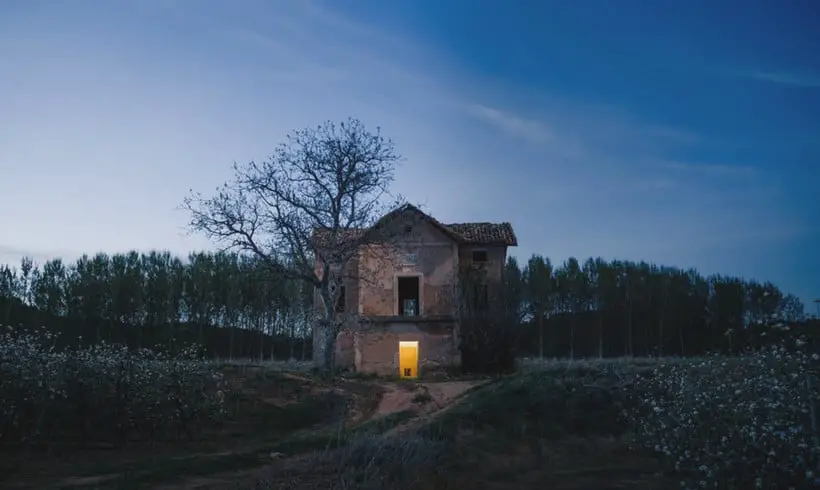
On this occasion, we will delve into this type of literary fiction, we will tell you what psychological horror is,…
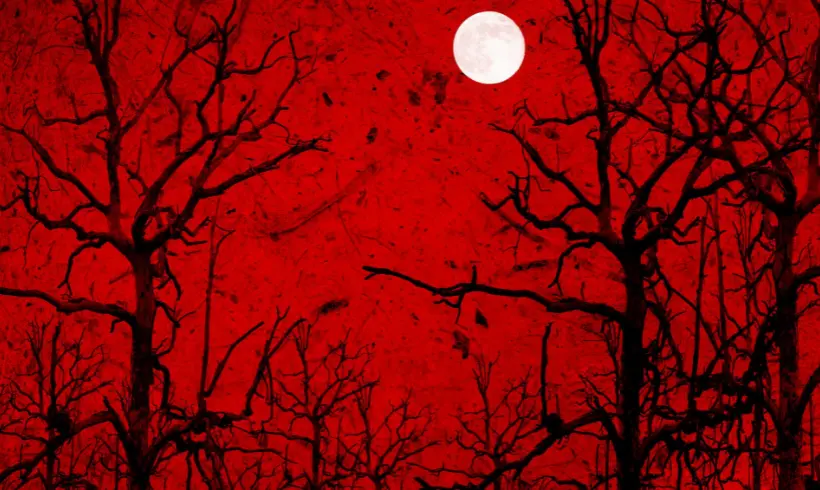
If you have read a horror story or novel, you will know that this fiction genre is designed to scare…
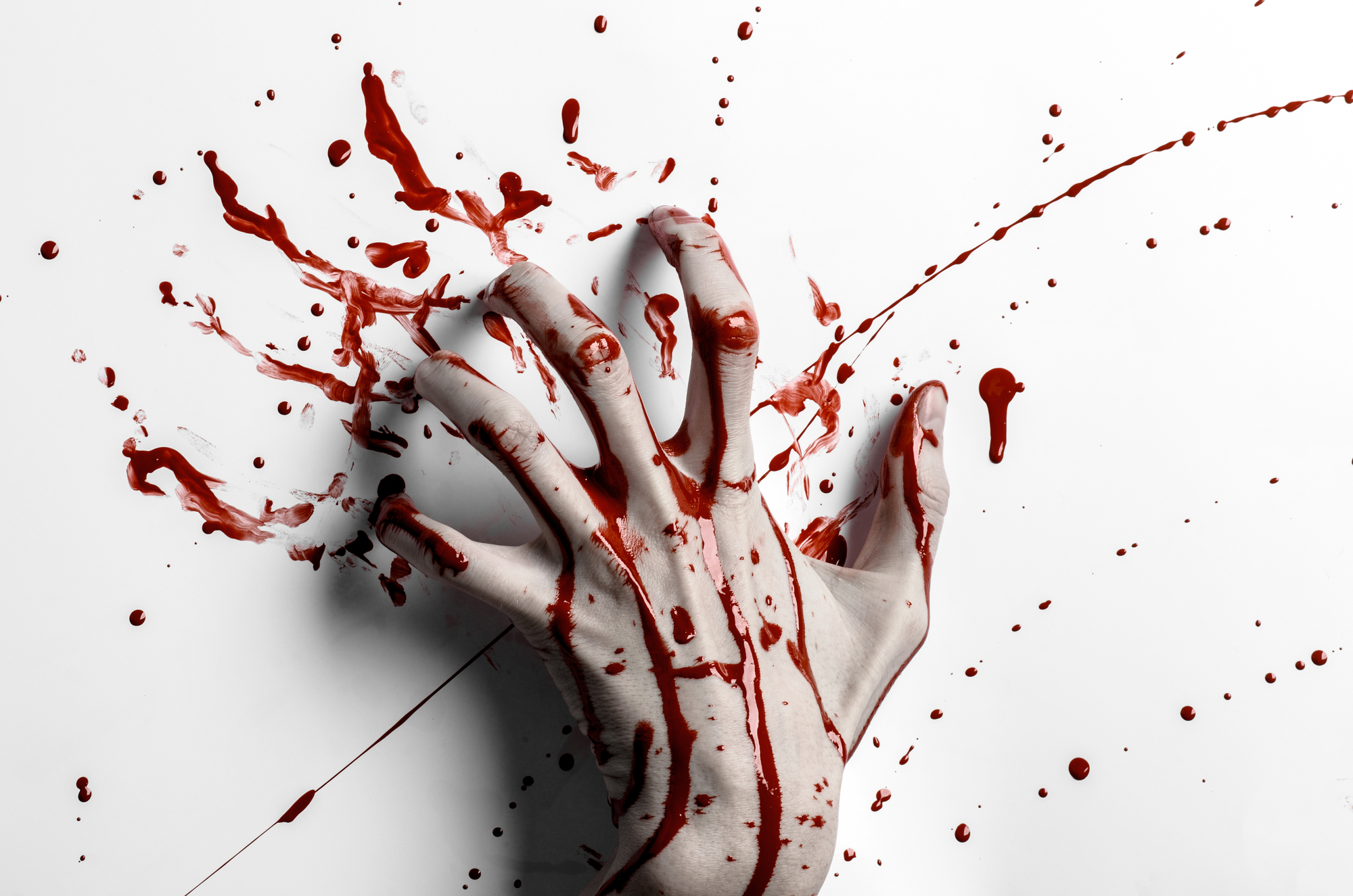
Surely you are wondering what is the most terrifying horror book in the world and that is why you are…
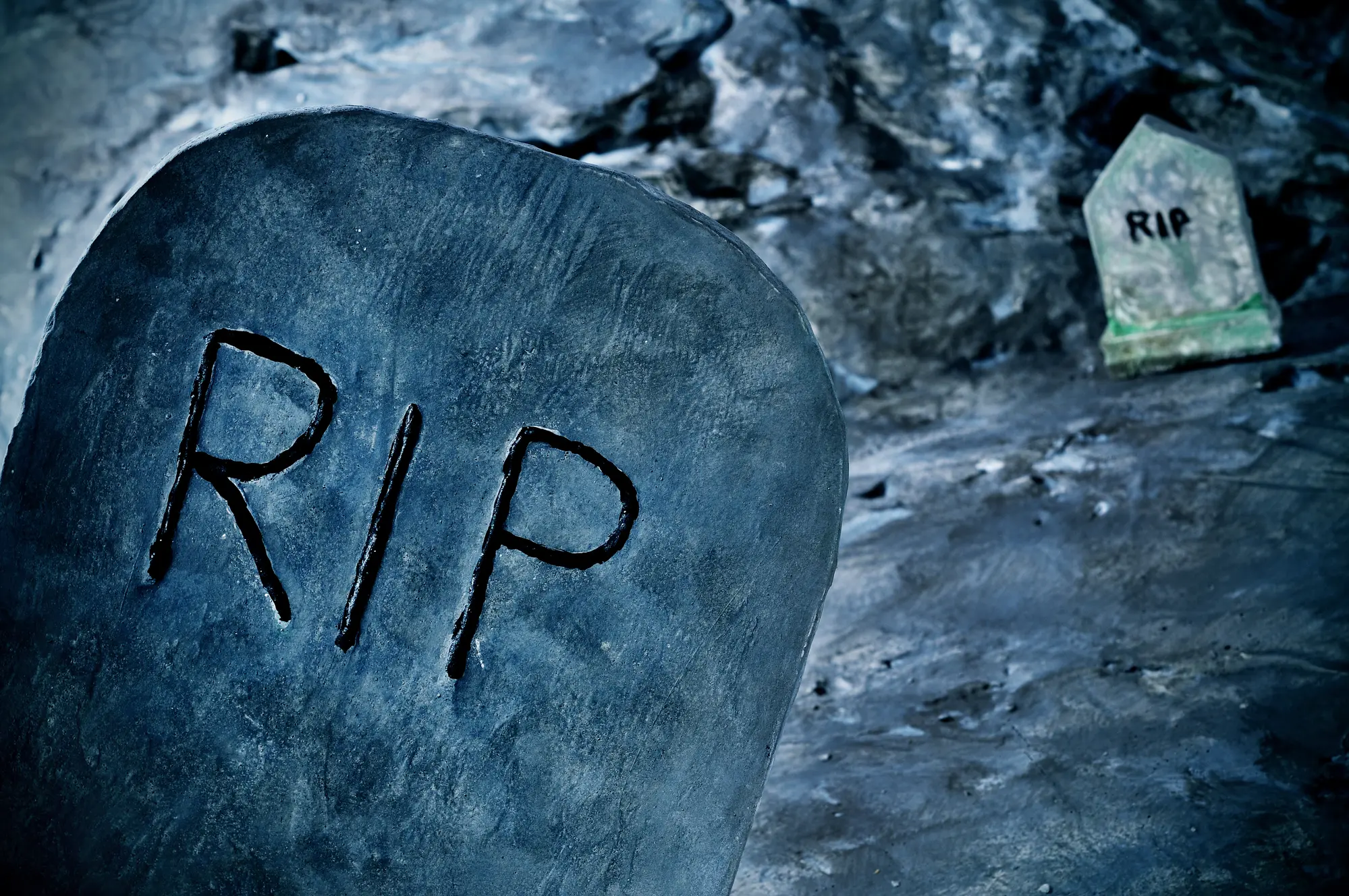
Looking for horror books made into movies? There are many adaptations, but here we will tell you about the most…

When we talk about horror book sagas, there is a wide range of options. As with fantasy, adventure, or sci-fi,…


